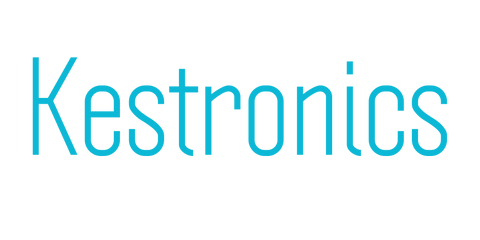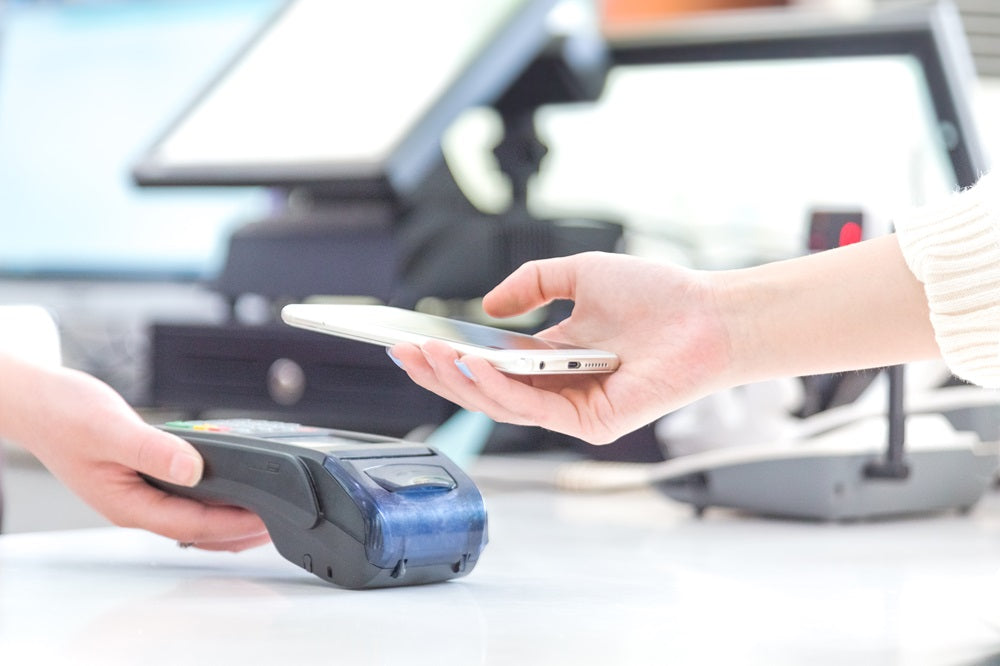Radio-frequency identification (RFID) is no longer just a futuristic buzzword – it's a technology that quietly powers countless everyday processes around the world. From inventory management in retail to security in hospitals and even pet tracking, RFID plays a vital role in making systems smarter, faster and more efficient.
In this article, we’ll explore what RFID is, how it works, the different types of RFID systems, and the diverse ways this technology is used across industries.
What Is RFID and How Does It Work?
At its core, RFID is a wireless technology that uses electromagnetic fields to automatically identify and track tags attached to objects. An RFID system consists of three main components:
-
Scanning antenna – sends out radio signals
-
Transceiver (or reader) – receives data from the tag
-
Transponder (or RFID tag) – holds the data and transmits it back
When a tag comes within range of a reader, the antenna activates it using radio waves. The tag then transmits its stored data, such as a unique serial number or product information, back to the reader.
There are two main types of RFID tags:
-
Passive RFID tags – have no internal power source and rely on the reader’s signal to power them.
-
Active RFID tags – contain a battery and can transmit signals independently over greater distances.
-
Semi-passive RFID tags – have a battery for internal operations but still require activation by a reader to communicate.
Types of RFID Systems
RFID systems operate on different frequency bands, each suited for specific applications:
-
Low Frequency (LF) – ~125 KHz; short range (up to 10 cm); used for animal tracking, access control.
-
High Frequency (HF) – 13.56 MHz; range up to 1 metre; used for library systems, ticketing, smart cards.
-
Ultra-High Frequency (UHF) – 860–960 MHz; range up to 12 metres; ideal for supply chain, retail, asset tracking.
-
Microwave RFID – 2.45 GHz; longest range; used in toll collection and military logistics.
The frequency you choose depends on your needs for read range, data rate, and interference resistance.
RFID Tags vs Smart Labels
RFID tags are small electronic devices made up of a microchip and an antenna. Some are embedded into smart labels, which combine traditional printed barcodes with RFID capabilities. These can be read by both RFID and barcode readers, offering versatility in retail and logistics.
Smart labels can be printed on-demand and are ideal for supply chain use, whereas RFID inlays typically require more specialised manufacturing.
10 Everyday Uses of RFID Technology
Here are ten real-world examples of how RFID is integrated into daily life:
1. Retail Inventory Management
Retailers like Zara and Decathlon use RFID to monitor stock levels in real-time, reduce theft, and streamline restocking. RFID makes inventory counts faster and more accurate compared to barcodes.
2. Pet and Livestock Tracking
Vets and farmers use implanted LF RFID tags to identify animals. This simplifies medical records, breeding logs, and movement tracking across borders.
3. Access Control and Security
RFID keycards are standard in hotels, offices, and residential buildings. These cards grant or restrict access to specific areas and log entries automatically.
4. Contactless Payments
Tap-and-go bank cards and mobile payment systems like Apple Pay use RFID (via NFC – a type of HF RFID) for secure, fast transactions.
5. Healthcare and Patient Safety
Hospitals use RFID to track patients, medical equipment, and pharmaceuticals – improving care and reducing human error.
6. Supply Chain and Logistics
RFID tags on pallets and containers provide real-time visibility of goods in transit, reducing delays, losses and errors.
7. Public Transport and Ticketing
Many metro systems (like London’s Oyster card) use HF RFID for fare collection, allowing quick and contactless entry.
8. Libraries and Education
RFID simplifies book check-outs, automates inventory management, and helps prevent loss in libraries and universities.
9. Vehicle Tracking and Toll Payments
RFID is used in automatic number plate recognition and electronic toll collection, such as the UK's Dart Charge system.
10. Manufacturing and Asset Management
Factories use RFID to track tools, machinery and components throughout the production process, improving workflow and compliance.
RFID vs Barcodes
| Feature | RFID | Barcode |
|---|---|---|
| Line of sight | Not required | Required |
| Read range | Up to 100 metres | Typically under 1 metre |
| Data capacity | High (read/write options) | Limited (read-only) |
| Read speed | Milliseconds | Slower |
| Durability | More resistant to wear | Prone to damage |
RFID vs NFC
NFC (Near-Field Communication) is a subset of RFID, operating at 13.56 MHz with a very short range (typically under 4 cm). While RFID is often uni-directional (reader to tag), NFC allows bi-directional communication, which is why it's used in smartphones for tap-to-pay and data sharing.
Challenges and Concerns
Despite its advantages, RFID does come with challenges:
-
Reader collision – when multiple readers interfere with one another.
-
Tag collision – when many tags respond simultaneously to a reader.
-
Security and privacy – tags can potentially be read by unauthorised devices. For this reason, measures like encryption or anti-skimming sleeves (especially for passports) are used.
Standards and Regulation
RFID technology is governed by international standards to ensure interoperability. Key organisations include:
-
ISO (International Organization for Standardization)
-
IEC (International Electrotechnical Commission)
-
EPCglobal – focuses on retail and supply chain applications
The Future of RFID
RFID is becoming increasingly central to IoT (Internet of Things) ecosystems. When combined with sensors and GPS, RFID can provide advanced insights such as temperature, movement or exact location in real time – opening the door to next-generation automation in industries from agriculture to aerospace.
Final Thoughts
RFID is a transformative technology with broad and growing applications. Whether it's ensuring your online order is delivered on time, helping a surgeon locate sterilised tools, or letting you breeze through the tube station, RFID is quietly reshaping the way the world works – often without us even noticing.
As technology continues to advance and costs decline, expect to see RFID expand into even more areas of life and business.

